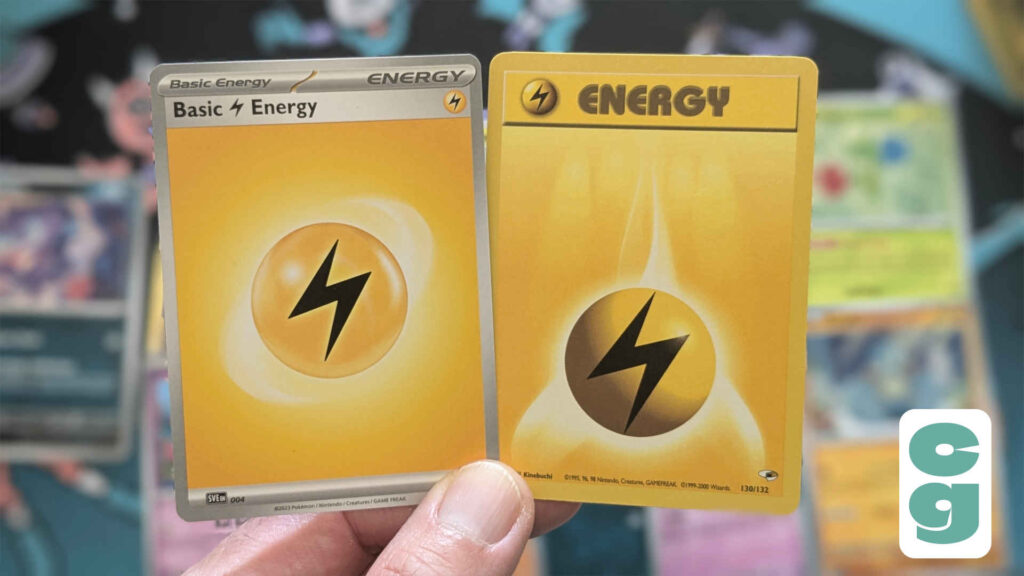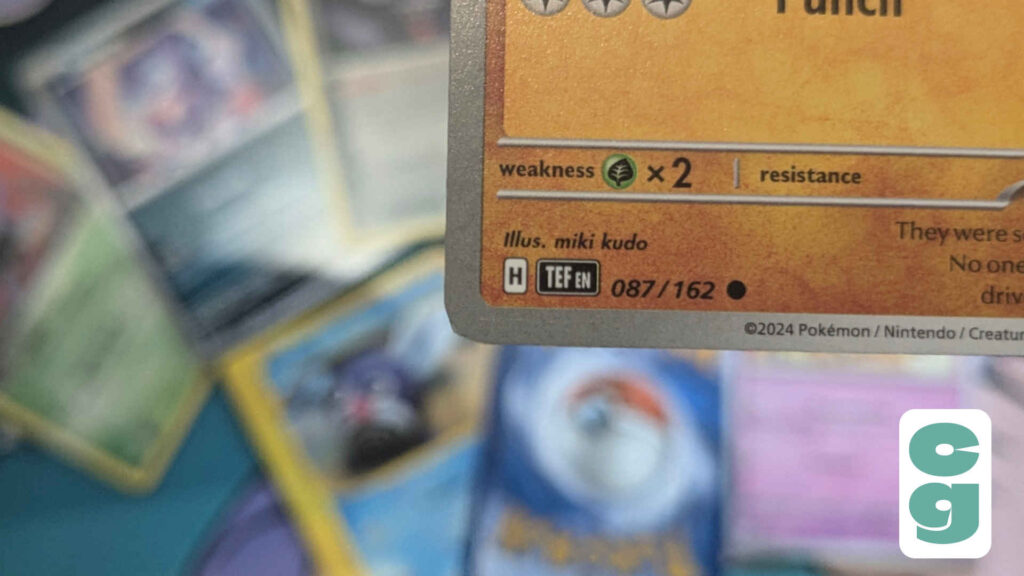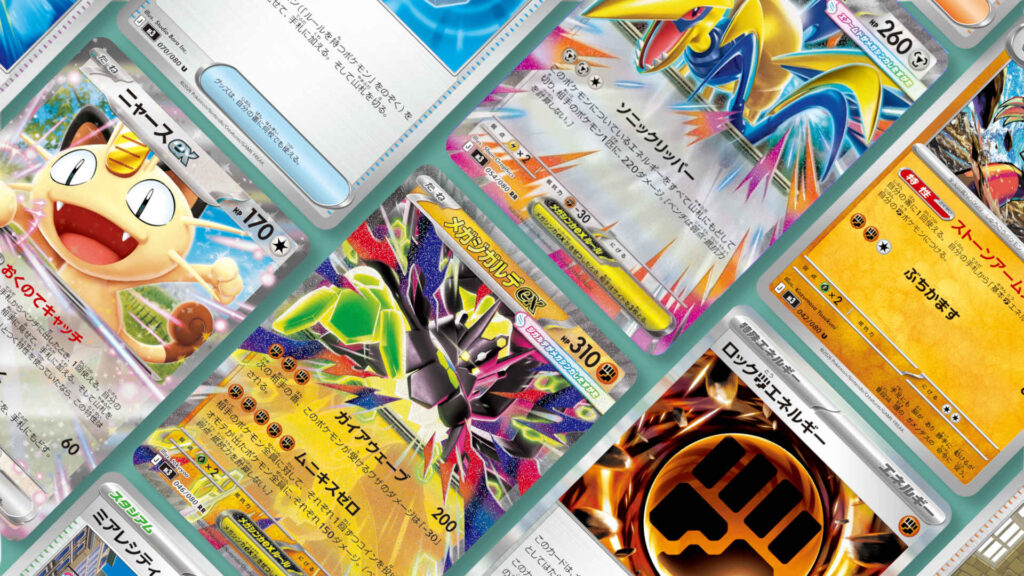The Pokémon Trading Card Game (or TCG) has been around since the late ’90s, and many players may have been collecting cards for decades at this stage. Of course, with new game mechanics, keywords, and more powerful cards (and card types) added into the game over the years, the likelihood of players actually wanting to build and use a deck with older cards is very low.
What if you want to play with more recently acquired cards, which may not be the most up-to-date, but still have powerful combos and can compete with the latest and greatest Pokémon in print? How do you know if the cards you want to use can actually be acceptable in competitive and tournament play, for example in your local organized play scene, and at Pokémon League venues and Play! Pokémon events?
It may surprise you to learn that cards do not remain legal for use in organized and competitive play events forever. There’s a certain period where cards can be used, and after that they rotate out of legality, to be replaced by new cards and sets.
So what’s the key to knowing what you can and can’t use, and when will even the latest cards rotate out of legality for organized play? Let’s find out!
Table of Contents
ToggleHow To Check Your Card’s Regulation Mark
Though this wasn’t always the case, Pokémon cards, since the Sword & Shield era of sets, have had what are known as “regulation marks” on their cards, to make it easier for players and event organizers to tell if a card is legal or not at a glance. This is a relatively recent addition, given that the first Sword & Shield set, and the first cards to bear regulation marks, released in 2020.

The regulation mark on Pokémon cards can be found in the bottom left of each card, and is a single, black capital letter in a white box. In Sword & Shield, the mark was D. The reason the mark letter didn’t start at A was to match Asian sets, which had already been using regulation marks and were already on their fourth letter by the time this element was introduced to English language sets.
Prior to this, the legality of a card was determined by which set it belonged to, and so a card’s set symbol was used to figure out if a card was legal. The lettering system makes this much easier for both players and event organizers to check immediately, without having to recognize each set’s symbol.
Which Pokémon Cards Are Currently Legal for Competitive Play?

As of April 2024, the cards which are currently legal for competitive play at Pokémon events are ones which have the F, G, and H regulation marks. Both D and E are now rotated out of legality, and cards with these regulation marks are no longer permitted to be used in competitive play.
The official Pokémon TCG guidelines state that players should expect the oldest regulation mark to rotate out of legality as soon as a new one is introduced; for example, F will rotate out once the I regulation mark cards are released.
One thing to bear in mind, and which slightly complicates matters, is that you may still use an older or otherwise “illegal” card, as long as it has the same name and printed abilities as one which is currently legal. For example, a Boss’s Orders Supporter card from any set is legal, as it’s a card which has most recently appeared in the Scarlet & Violet: Paldea Evolved set with a G regulation mark. As all Boss’s Orders cards do the same thing and have the same printed text, it means that there’s no inherent advantage, disadvantage, or disqualifying reason as to why an older copy of the card can’t be used.

However, an older card such as a Pokémon which has the same name, but not the same stats and abilities (for example, the Sableye shown in the image above), would not be legal to include alongside a Sableye with the currently legal regulation mark.

It’s worth noting that any Basic Energy card, from any era, can be used in any deck. If you want to use those old school Lightning Energy cards in your deck for an authentically classic look to your deck, you can do so even in tournaments!
When Will New Regulation Marks Be Found on Cards?

At the time of writing, new cards show the H regulation mark, which means that I will be the next in line. We don’t yet know when cards will feature the I regulation mark, but when these are available, all cards with the F regulation mark will be rotated out of legality.
When Can I Use Cards That Are No Longer Legal for Competitive Play?

Just because a certain number of cards in your collection are no longer legal for organized play, it doesn’t mean you have to consign them to storage (say, a binder or a deck box) forever. Whenever you play Pokémon casually, that is to say, in a non-organized game against friends, family, or even someone at a Pokémon League location, as long as your opponent doesn’t object, you’re free to use any cards you choose. That is, of course, as long as you stick to the Pokémon deckbuilding rules, with no more than four copies of any card (aside from Energy cards, of which you can have as many as you need).
If you’re still stuck with the Pokémon TCG and could use some extra guidance, check out our parent’s guide to playing, collecting and buying Pokémon cards. Our guide to special status conditions also helps with some of the trickier and more complex rules of the Pokémon TCG.





